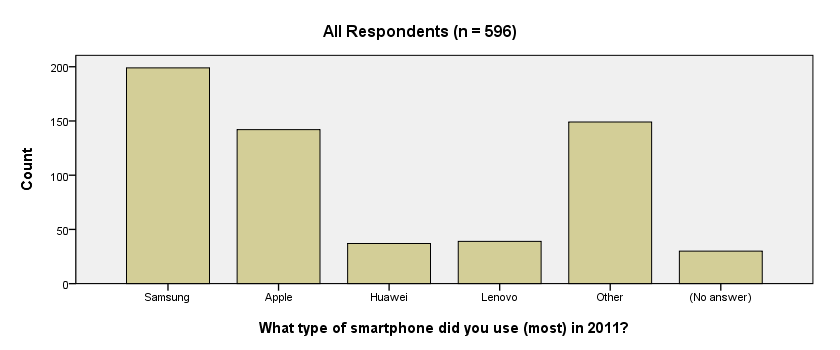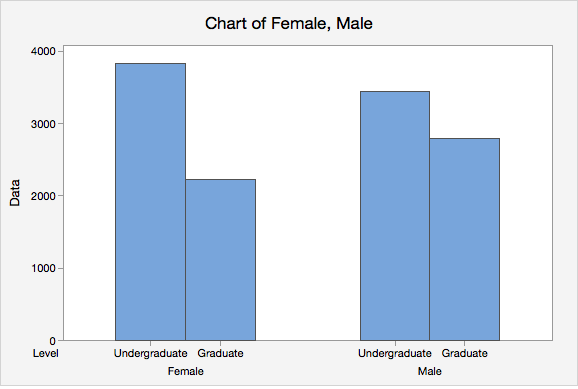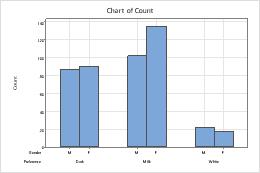

The following sort options are available for bar charts:

This can be changed using the Sort order parameter. Sort orderīar charts are automatically sorted alphabetically by their categories (x-axis ascending).
#BAR CHART CATEGORICAL DATA CREATOR SERIES#
You can turn on labels that display the value of each bar or series by enabling Show data labels. Split by category: Democrat, Republican, and Independent.Ī Split by category cannot be applied when more than one Numeric field value has been added.Ĭategory fields with many unique values are not appropriate for splitting a field into multiple series. Heights corresponding to the number of counties in each The resulting chart displays three bars for each state with ForĮxample, the category variable is set to StateName for a county dataset with a Count aggregation method Into multiple series by another category field's values. Resulting chart displays two bars for each state one bar represents the sum of the Population2010 valuesįor each county in the state, and the second represents the sumĮach category in a bar chart can also be split For example, the category variable isĭataset with a Sum aggregation method and two Numeric fields values: Population2010 and Population2015.

You can create multiple-series bar charts by adding multiple Numeric fields values or by setting a Split by field.įields values are added, one bar is drawn for each field at eachĬategory value on the x-axis. You can display more than one numeric value, or series, for each discrete category value on the x-axis. If Numeric fields values are specified, the aggregation method can be one of the following: The resulting chart displays one bar for each state, and the bar heights represent the number of counties that belong to each state. For example, the category variable is set to StateName for a county dataset with a Count aggregation method. If no Numeric fields values are specified, the chart uses the Count aggregation method, which totals the number of times each unique category appears in the category field. For example, if the category variable is StateName for a county dataset, each state name appears in the table multiple times, so aggregation is necessary to show summarized amounts per state. If the category values repeat in the table, an Aggregation method must be chosen to specify how the data is summarized. For example, if the category variable is StateName and the table only has one record for each state, the bar heights are determined by the Numeric fields parameter, and no aggregation is needed.

If the values in the category variable are unique (only appear in the attribute field once), no aggregation is necessary, but a field must be chosen for Numeric fields. The height of the bars corresponds to raw or aggregated numeric values. The Category parameter can be a string or date field. Variablesīar charts display unique category values from the Category parameter as bars along the x-axis. The Data configurations include the variables that are used to create the bar chart.


 0 kommentar(er)
0 kommentar(er)
